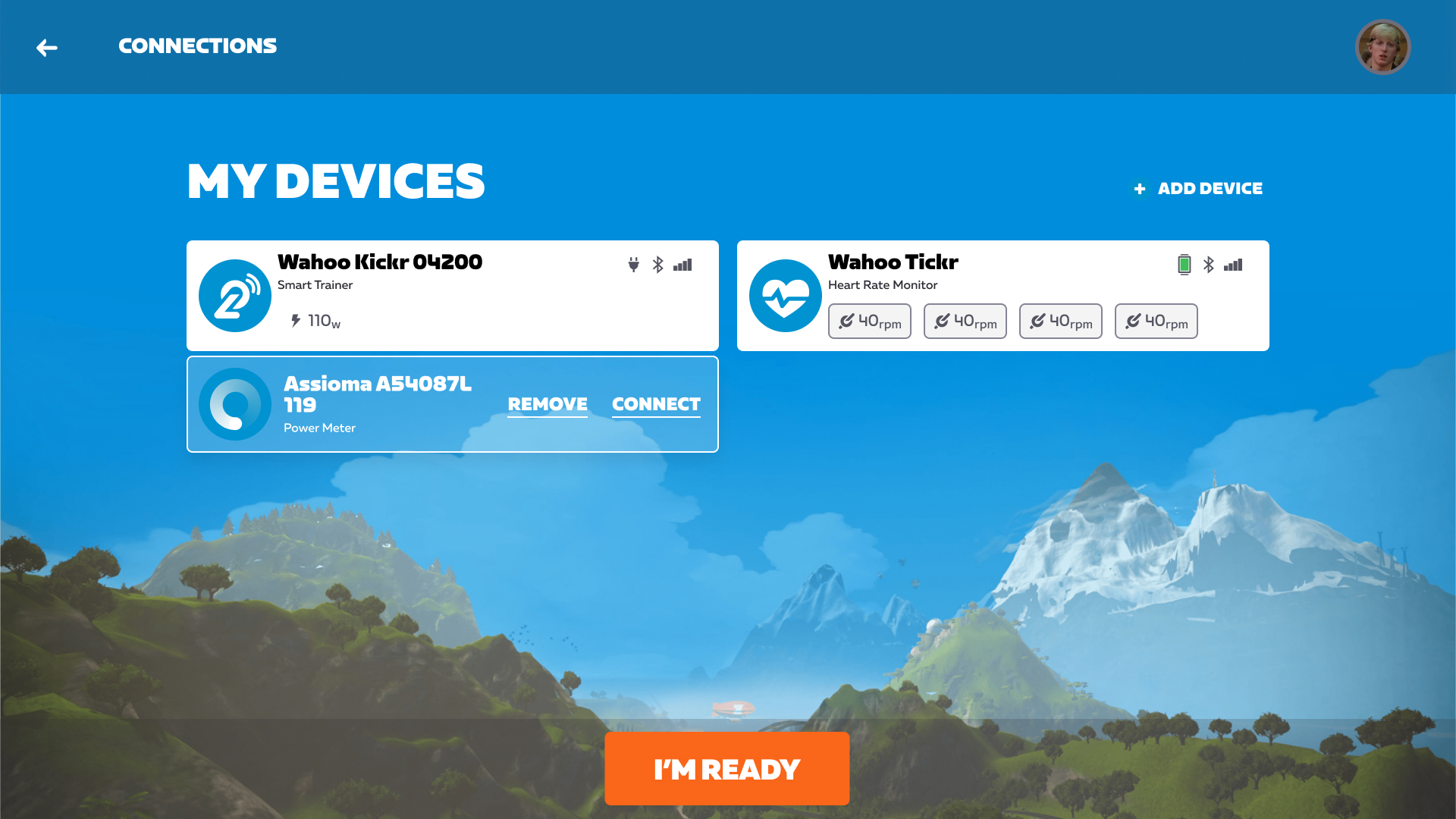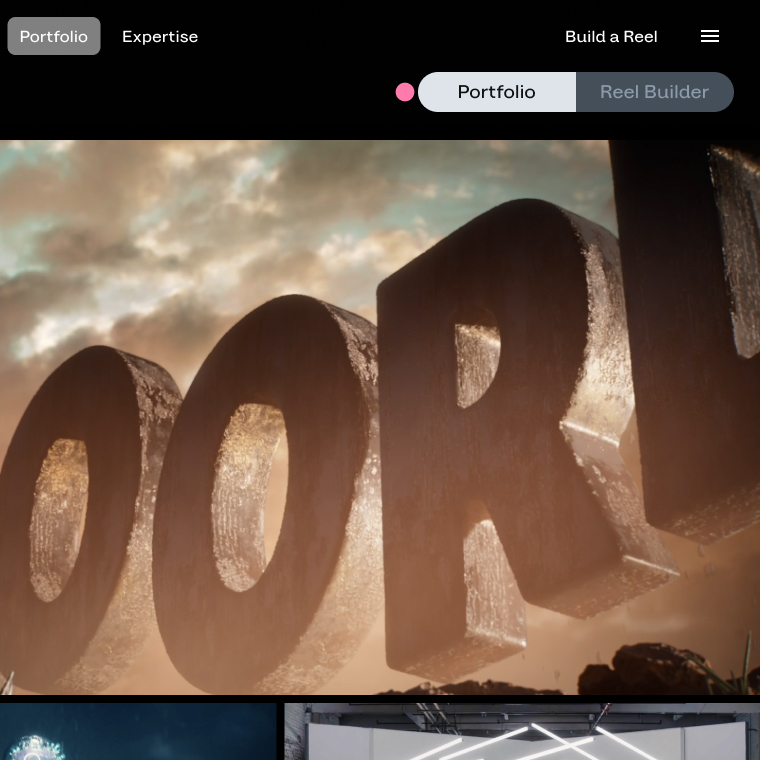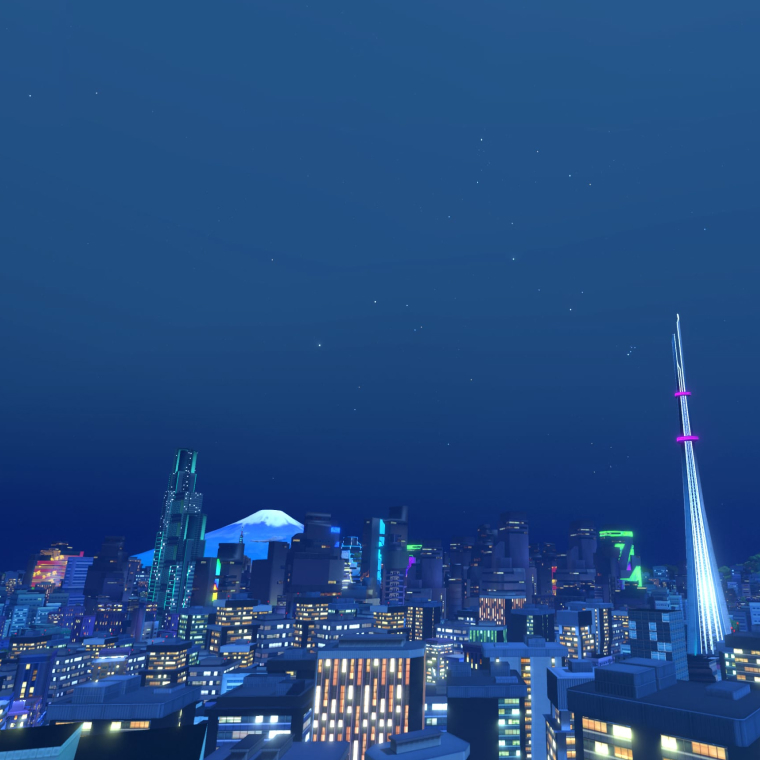You're on a scenic route through a state recreational area known as the human mind. You ask a pass-byer for directions, only to find he has no face or something. Suddenly up ahead, a door in the road.
Zwift Pairing User Tests
UX/UI, Prototyping, User Testing, Micro Animations
Brief
Zwift was in need of an update to their device pairing experience and wanted to conduct some user tests in order to find the best user flow. Based on their goals they needed a redesign and prototype that would be used for testing and then used for a development source of truth.

My Device home screen with device in the process of pairing.
The Strategy
A crucial aspect of the Zwifter experience is connecting and configuring their devices. For some this can be a very straight forward process, while for others it can be a bit tedious and tech heavy. We had the opportunity to work on a skunk works project for Zwift that would reimagine the way that everyone on Zwift connects their hardware.
Prototype used for user testing.
The current process requires the Zwifter to innitiate the device discovery process. We thought, why not have that process start automatically and the allow the Zwifter to select from the devices that have been found. Once the devices have been connected the Zwifter would no longer have to go through the process and will be taken directly to the Connected Device screen. This reduces some of the uneccessary friction of getting on the bike quickly. This will also make the process of adding new hardware pain free since all one has to do is to wake up or turn on the hardware and start the game. Once we had a new design that was ready for testing we conducted user tests to validate our work. Although the preposed update tested well and was viewed as a valuable update the project was not released due to tech limitations we discovered during the exploration.
Zwift Pairing icon micro animation. Press R to restart animation.

Zwift device scanning screen.

Zwift Device Menu.


